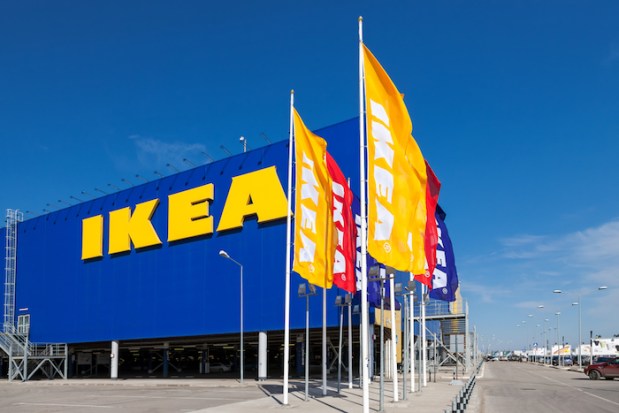Retail Pulse: IKEA Axes New Store Plans To Focus On Digital Store

IKEA is slowing the growth pace it has sustained in the U.S. market, axing plans for new stores in three U.S. cities to focus on eCommerce growth. That’s after opening 13 new U.S. stores just last year.
The goal for all retailers is, of course, to deliver an excellent experience, both online and in stores, and to find ways for those disparate experiences to mesh seamlessly with one another.
For most merchants in the U.S. market, the need to focus on digital channels isn’t news; instead, they are beginning to realize that they must also differentiate themselves in terms of brick-and-mortar customer experiences, something IKEA has always done well.
The Swedish furniture retailer seems to be making the opposite transition. That is, with its labyrinth of a showroom floor and its iconic Swedish meatballs, IKEA has always delivered a unique customer experience.
IKEA’s business model depends on customers being able to see room designs and dimensions in person. Customers like to get inspiration and ideas from store displays, and that’s not going to change, the company says. However, it is now realizing that it must invest in its eCommerce experience as well.
USA Today reported that IKEA has seen a slowdown of revenue growth and net income in recent years. In 2015 and 2016, sales were increasing steadily at a rate of 8 percent, but in 2017 they grew by less than half as much – and net income fell by more than 40 percent in the most recent fiscal year.
The expanding footprint of furniture stores, such as At Home and TJX, is helping to put the squeeze on IKEA, along with digital-first brands like Wayfair and Overstock.com, which don’t face any of the overhead costs that IKEA does with its large showrooms and warehouse-like retail outlets. This enables them to pass along savings to consumers.
While IKEA is known for offering deals and discounts, it will be a tough battle trying to undercut online competitors as long as brick and mortar – with all of its costs – remains at the center of its strategy. That’s why the company is now taking a step back from opening new stores to focus on its online store.
“To be fit for long-term growth, we are creating a new business model to make sure we’re accessible and convenient for our customers today and in the future,” IKEA spokesperson Latisha Bracy told USA Today.
Bracy said the retailer is also exploring urban centers as a way of getting closer to consumers. This is a strategy that others are also trying on for size: Target, for example, is leading the charge with its small-format urban stores, designed to attract college students and young professionals living in dense areas.
In Other Brick-and-Mortar News…
Madewell seems to be carrying its parent brand, J.Crew, on its shoulders. Net sales were up 39 percent this quarter after J.Crew doubled down on Madewell’s expansion. By comparison, net sales at J.Crew continued their downward spiral, decreasing 7 percent this quarter.
Still, thanks to Madewell, J.Crew achieved 1 percent comparable revenue growth this quarter, the first time the retailer has seen comparable sales growth since 2014. That buys the company a little more time to carry out its turnaround plan, leading into a brand relaunch in September.
Hudson’s Bay Company announced it will be closing as many as 10 Lord & Taylor locations. Among them is the Fifth Avenue New York store, which was sold to co-working firm WeWork. The department store originally planned to operate out of part of the space sold to WeWork, but has now abandoned that plan. It will, however, be selling Lord & Taylor items through a space on Walmart’s site.
Hudson’s is also selling off its eCommerce site, Gilt Groupe, to Rue La La as part of its bid to improve profitability.
Finally, Sears has been given two extra years to repay lenders. It was originally due to pay off two real estate loans totaling $320 million in July. Those two loans have been consolidated, along with a third loan, into a new loan to be repaid in July 2020. The company will owe $779 million that year.
In January, the retailer announced that it raised another $100 million in financing and will be slashing $200 million in annualized costs through measures other than store closures. Stores will be closing, however, including 72 new closures announced last week.
Sears said it plans to shutter 103 stores in 2018.
